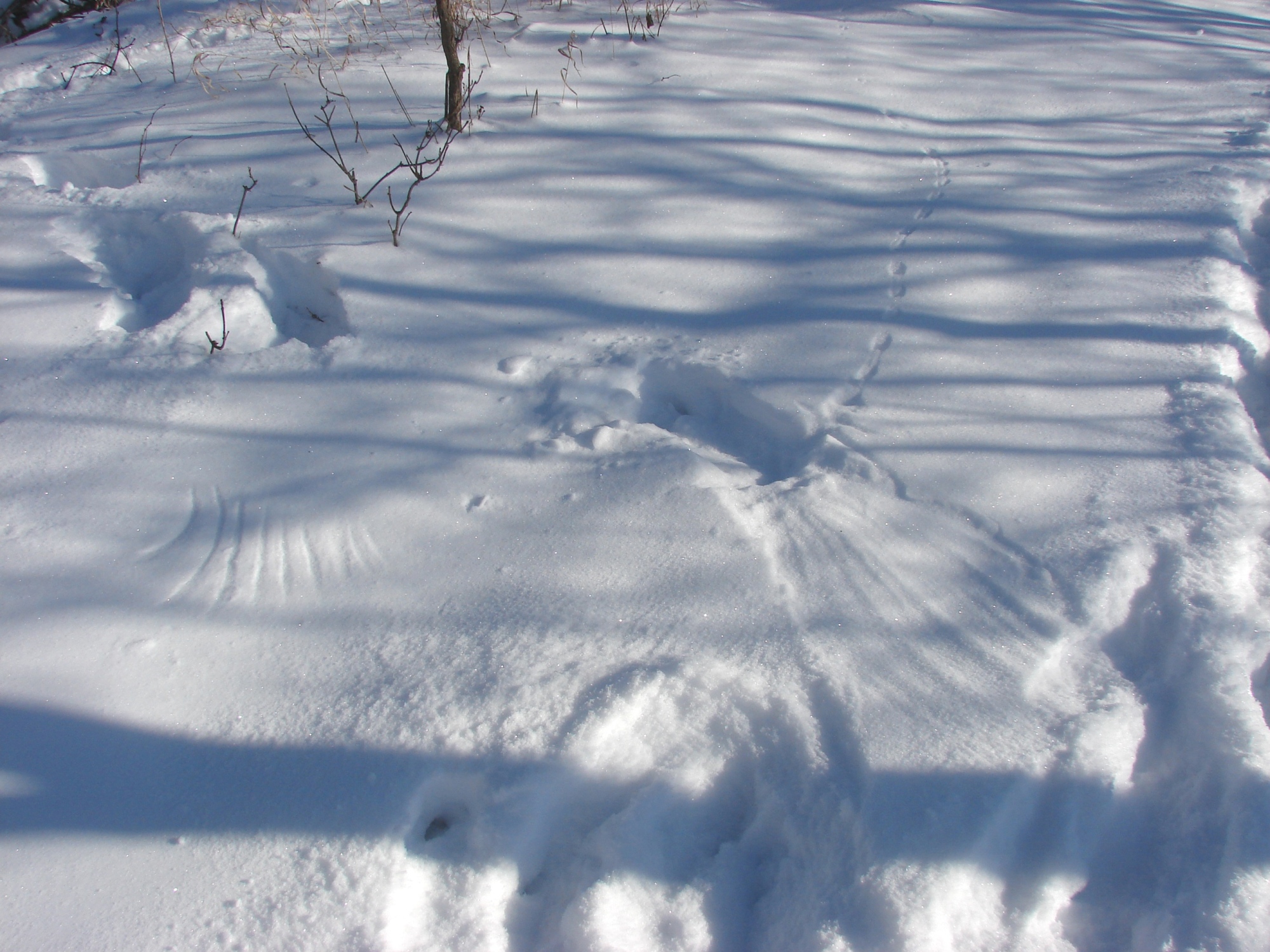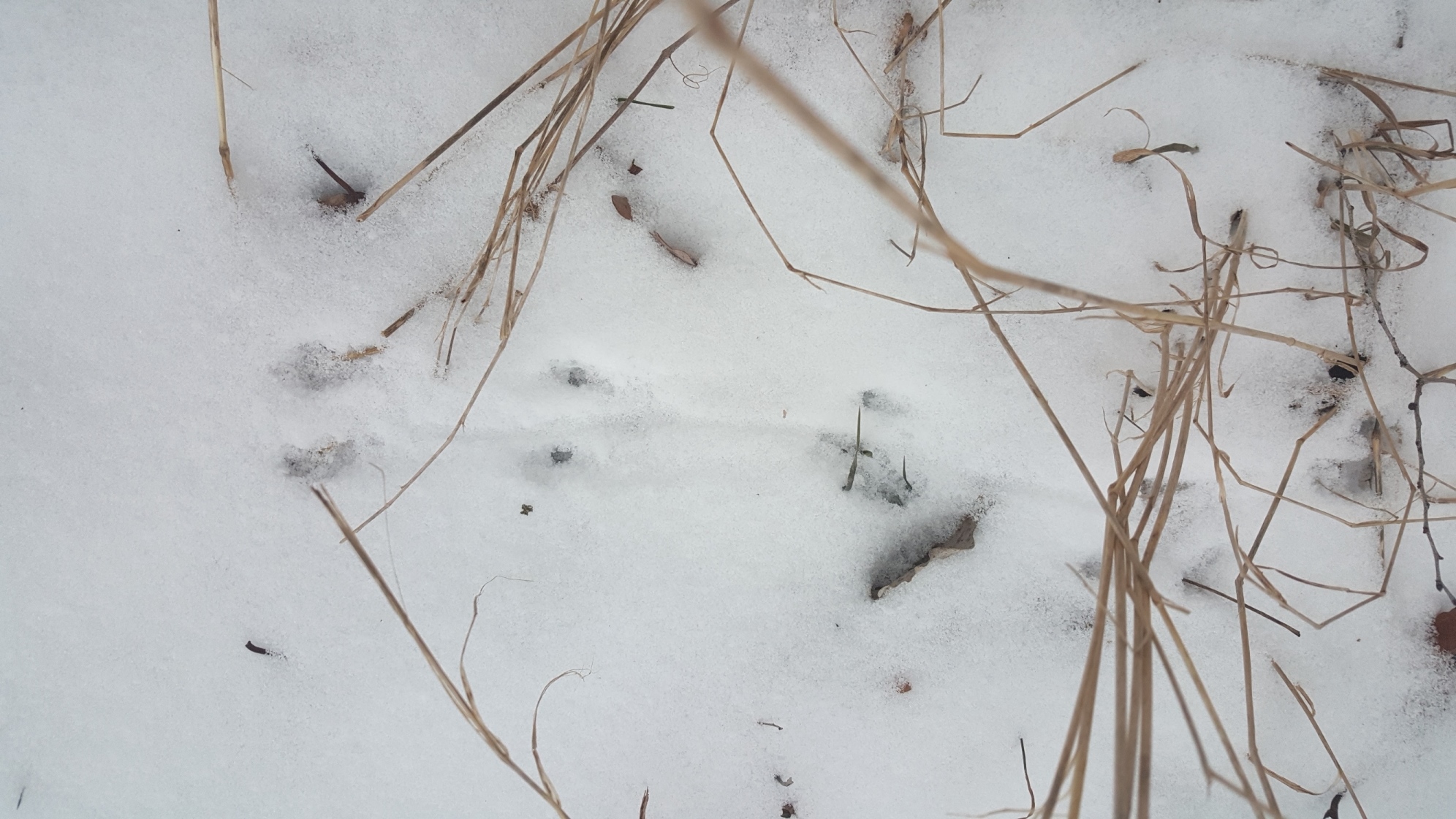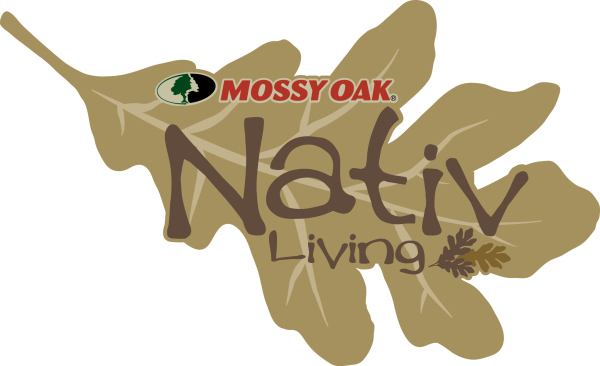Tracking wildlife is a fun, educational winter activity
At this point in the winter, many Michiganders might start feeling a little cooped up.
One way to beat cabin fever – and get mind and body active – is to become a nature detective and learn more about the wildlife in your own backyard or neighborhood.
While it can be fun year-round, looking for clues to wildlife activity is especially interesting in the winter when animal tracks are easily visible in the snow.
“Tracks can tell a story,” said Hannah Schauer, wildlife education technician for the Michigan Department of Natural Resources. “If you find a trail of footprints, you may want to follow it to get a glimpse inside the animal’s life.”
Deer, rabbits, squirrels and foxes are just a few examples of animals whose tracks you may come across.
Schauer recommends a few tools that can help in the quest for tracks, including a good field guide.
 “There is a variety of wildlife tracking and identification guidebooks available – find one that you like and have it handy on a hike to help you determine whose tracks you have spotted,” she said.
“There is a variety of wildlife tracking and identification guidebooks available – find one that you like and have it handy on a hike to help you determine whose tracks you have spotted,” she said.
Other helpful items to carry along are a camera, a ruler, a key or coins to put next to the track for size reference when taking a photo, a notepad and pencil for sketching tracks and making notes on other observations about the animal’s trail, and binoculars.
The binoculars will help if you follow a trail that leads to a nest or den, allowing you to get a closer look without bothering the animal.
“Please do not disturb the animal,” Schauer said. “Enjoy watching it from a distance.”
To identify animal tracks, first look at their overall size and shape. Take a photo of the track or draw a picture in your notebook. Determine whether there’s just one track or multiple tracks and, if there are multiple tracks, what the pattern looks like.
Next, look at the details of the track, including the number of toes and whether there are any toenail marks or toe pads, or if the footprint looks like hooves.
On a single foot, animals like deer have two toes, while rabbits and foxes have four, and skunks and raccoons have five. Squirrels and mice have four front toes and five hind toes per foot.
Finally, observe what kind of habitat you found the tracks in and whether there are other wildlife clues around like scat, nests or burrows. These features might reveal something more about the animal like what kinds of food it likes to eat, where it lives or even how it died.
“The trail of tracks you are following may come to an abrupt end where a new set of tracks or imprints are found,” Schauer said. “Small mammal trails, like a mouse or rabbit, may end with an indent in the snow surrounded by wing prints – from this you can conclude that a hawk or owl had some luck catching dinner.
”Some of these wildlife signs are the same ones biologists use to learn more about what types of animals are using a given area and more about the animals’ behavior.”
This kind of information can help biologists make decisions on how to manage various habitats for the animals that are using them.
“Tracks can also help biologists monitor the presence of animals that are not usually seen,” Schauer said. “Oftentimes, wildlife is very hard to spot because they tend to avoid humans whenever possible, but animals will leave behind clues to their presence, like tracks.”
Dogs and cats
For the wildlife tracking detective, tracks from dogs (canines) and cats (felines) may be among the most common tracks that are discovered.
In the Upper Peninsula, DNR biologists follow tracks to help determine population estimates and other behavioral information for wolves. Wolf tracks also have been used to help biologists assess the extent of wolf presence in the northern Lower Peninsula.
Wolves are not the only wild canines found in Michigan. Coyote, red fox and gray fox are found statewide.
Biologists look at different characteristics of the tracks and track patterns to tell the canine species apart. With wolves and coyotes, the most distinctive difference is track size.
Wolf tracks are about 4 ½ inches long by 3 ½ inches wide, while coyote tracks tend to be smaller, about 2 ½ inches long by 1 ½ inches wide. Fox tracks tend to be slightly smaller than those of coyotes. However they can overlap in size significantly.
Individual animal size also plays a factor in track size, and sometimes the canine species cannot be distinguished from each other by tracks alone.
from each other by tracks alone.
In addition to the four wild canine species in Michigan, winter animal track detectives also need to consider the presence of domestic dogs.
Given the wide array of domestic dog breeds, track size varies significantly. While domestic dog tracks have the same overall qualities as a wild canine, they may exhibit characteristics that are more indicative of a domestic animal, such as toes spread outward or splayed.
Continuing with our detective inquiry, the assortment of four-toed tracks does not stop with canines. Feline tracks must also be considered.
Throughout Michigan, the wild feline tracks most likely to be encountered are from bobcats. Bobcat tracks are about 1 ½ inches long by 1 ? inches wide. Overall, they will appear almost circular in shape, with the length and width being almost the same.
Domestic cat tracks will vary in size depending on the breed and will look almost identical to bobcat tracks. Of course, cougar tracks are larger. While feline and canine tracks are similar in size, there are noticeable differences between the two.
Canine tracks have definite claw marks, one lobe on the front of the heel pad and two lobes on the rear of the heel pad.
In contrast, feline tracks rarely show claw marks. The front of the heel pad has two lobes and the rear of the heel pad has three lobes.
Feline tracks will appear more circular or square in shape as compared to the more oval or rectangular shape of a canine track.
Bird tracks also can be found and identified.
Larger birds, such as the wild turkey, make large tracks with three narrow toes pointing forward and one toe pointing back. Songbirds, like robins, will have similar looking tracks to the turkey, but will be much smaller in size.
Be sure to look for wing imprints from where a bird has landed or taken off.
Education resource
In addition to being a fun winter activity and an important tool for wildlife professionals, wildlife tracking also can be an educational resource for teachers.
Growing Up WILD – part of the Project WILD environmental and conservation education program – offers professional development workshops to early educators. These workshops contain a number of hands-on and developmentally appropriate animal track activities.
“For instance, silhouettes of native Michigan wildlife tracks or track replicas can be used for classification and sorting activities – four toes versus five toes, bird tracks versus mammal tracks,” said Natalie Elkins, Project WILD coordinator for the Michigan DNR. “They are also a great tool for introducing early math concepts through looking at the track strides and width between different species, and how those measurements change at different speeds and between species.”
Elkins said physical activity can even be incorporated into the lessons by having students mimic the strides of different animals – like walking, waddling, hopping and bounding – which, when done in a sandy area, leaves tracks the students can observe.
A walk through a school yard can build observation skills while students search for tracks.
“For artistic development and small motor skill work, plaster casts can be made from replicas or real tracks found outside and can be painted,” Elkins said. “Or students can invent an animal and its track and describe why it has the traits they gave to it.”
![]() The DNR also presents educational programs about wildlife tracking to schools and other organizations such as community and Scout groups, summer camps and daycare centers.
The DNR also presents educational programs about wildlife tracking to schools and other organizations such as community and Scout groups, summer camps and daycare centers.
More information about these programs and other resources for educators is available at www.michigan.gov/dnrteachers.Wildlife enthusiasts interested in learning more about Michigan’s critters can visit www.michigan.gov/wildlife.
Check out a DNR video including some wildlife winter tracking tips.






